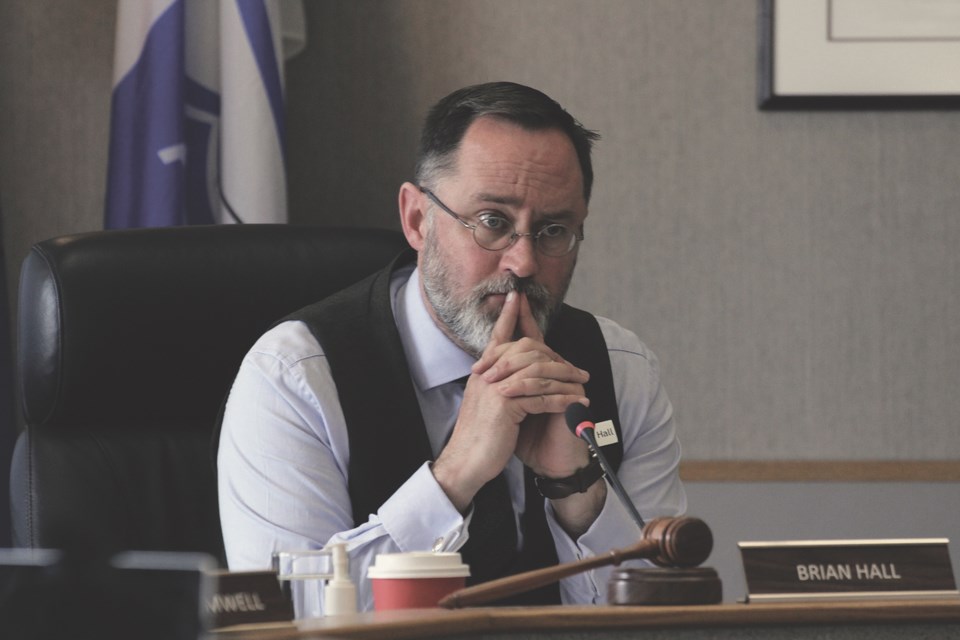ATHABASCA – A provincial program aimed at clean energy improvement and management has been on Athabasca County’s radar for years, but not all councillors are on board.
Some of them view the program as another example of negative downloading from the Government of Alberta and are worried that it will stress the municipality’s resources further.
During their Oct. 10 council meeting, councillors voted 6-2 in favour of a motion to direct administration to prepare a draft bylaw and supporting documents for the implementation of the Clean Energy Improvements Program (CEIP) before the March Committee of the Whole meeting. Councillors Gary Cromwell and Tracy Holland were opposed, while Coun. Joe Gerlach was absent.
“Previously, we were clear that we wanted to down this road, with the steps to implement the program,” said Coun. Ashtin Anderson. “There’s a lot of properties in the county that are starting to age and are going to need (this) kind of work. This is another way for residents to pursue these improvements, and have it be a fiscally viable option.”
According to Alberta Municipalities, 27 municipalities have passed clean energy improvement tax bylaws, and 12 currently have active programs. Holland said that these numbers, when compared to the 300-plus municipalities in the province, were a cause for concern.
“I’m finding that we’re already struggling with our resources for people to administer this,” said Holland. “(The numbers) tell me this isn’t very popular. I think there’s a huge liability, we’re now turning to becoming a bank instead of a municipality.”
What is CEIP?
CEIP is a provincial program aimed at helping people make “energy efficient upgrades to their properties without having to put money down,” according to the Government of Alberta’s website.
Municipalities that wish to participate need to pass a bylaw; once that is finished, property owners that meet the criteria are able to take out a special lien on the property title that pays off the cost of the improvements over time.
According to Hall, the process is relatively risk-free — his research suggested that default rates would be low, and the fact that the lien takes precedence over debts on the property protects the municipality.
“When I talk to the (Town of Athabasca), there’s been an uptick in interest but there hasn’t been a giant flood,” said Hall — the town has been an approved municipality in the program since October 2022. “There’s good reasons to put this forward to the committee of the whole; we talk about it in our strategic plan and it reduces our carbon footprint.”
In a Oct. 10 phone call, Town of Athabasca’s CFO Jeff Dalley was able to confirm that while the town had initially had property owners express interest, they had all withdrawn, and zero properties had completed the program.
Athabasca County had first requested a spot on the waitlist on April 27, 2022. On Aug. 31, 2023, a motion to direct administration to complete the Clean Energy Improvement Program application process and report to council with further steps required to implement the program within Athabasca County was passed unanimously.



